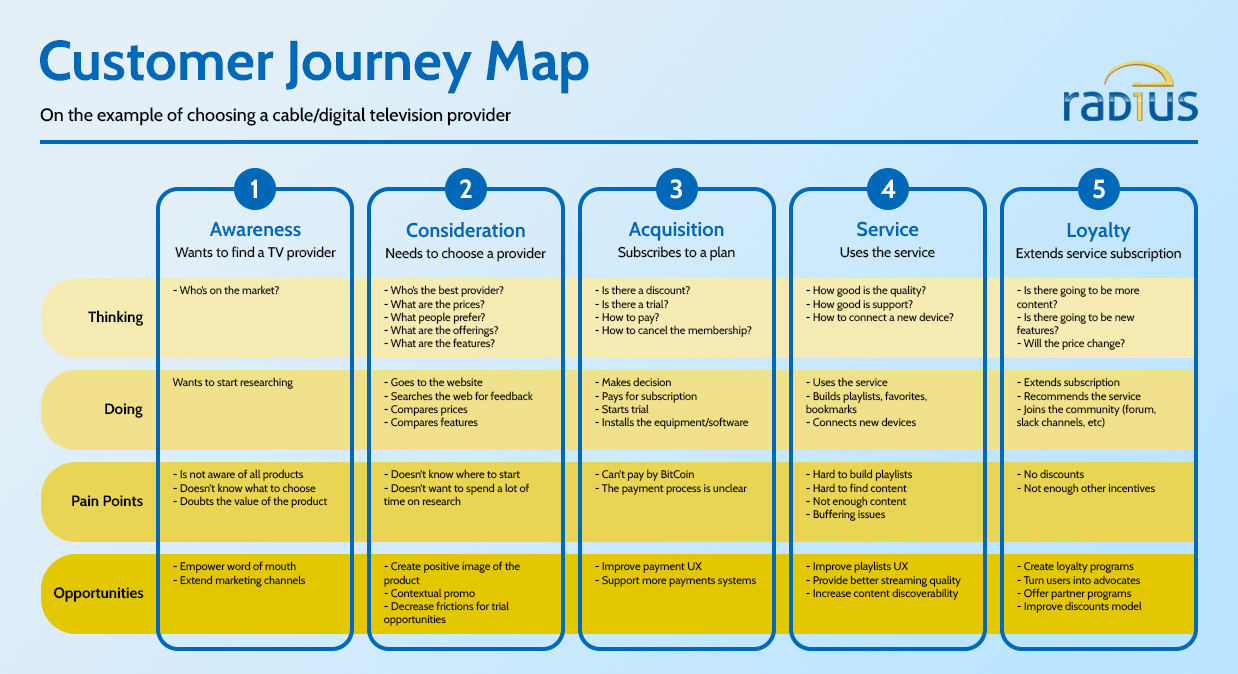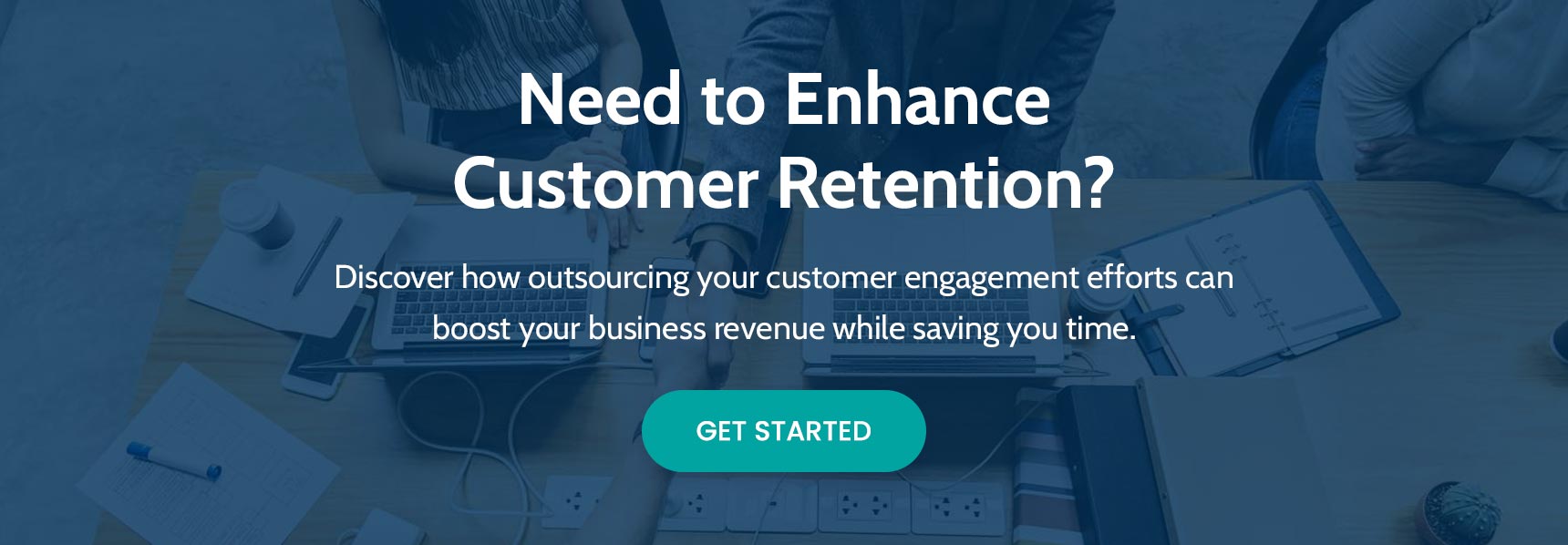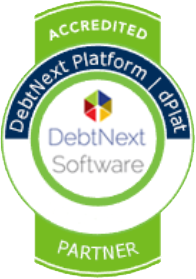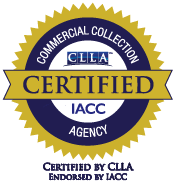Improving the customer experience for B2B audiences
According to data by Qualtrics, 96% of B2B customers say that their experience with a brand affects their decision on whether they’ll repurchase or not. No longer is it good enough to simply supply your customers with the products or services they need. Your business must also invest in the B2B customer experience (CX) as well to foster brand loyalty.
However, offering experiences that keep your customers coming back for more may involve adjusting, or even completely overhauling your current processes.
As a trusted global customer experience outsourcing provider, our team at Radius Global Solutions has the expertise to guide your business toward success. Read on to uncover 5 proven steps for boosting your B2B CX strategy:
Step 1: Understand your target audience
The first step in elevating the B2B customer experience is understanding who your customers are and what they need. This means identifying their pain points, preferences, industries, and expectations when it comes to interacting with your business and your products or services.
One way to achieve this is by building a customer journey map. This is a visual representation of the steps your customers take with your business from awareness through to loyalty.
With a bird’s eye view of these steps, you can tailor your messaging based on where they are in their journey. See an example below:

By gathering this information, you can revise your CX strategy to meet the needs of your B2B audience.
Step 2: Use data to anticipate customer needs
Utilizing data is crucial in understanding and improving your B2B customer experience management. According to a Microsoft report, 77% of consumers see brands in a better light if they invite and accept customer feedback.
By analyzing customer feedback and behavior, you can gain valuable insights into what is currently working and understand which areas need improvement. This data-driven approach allows you to make informed decisions and take proactive steps to enhance your CX strategy.
Here are some ways you can start collecting feedback and using responses to address any gaps in the customer experience:
- Conduct post-call surveys to measure customer satisfaction.
- Send periodic customer satisfaction surveys via email using platforms like SurveyMonkey or Google Forms.
- Program chatbots to ask for feedback during or after interactions.
- Integrate feedback forms into live chat conversations.
- Send an email after a successful customer service interaction requesting that they leave a Google review.
Step 3: Leverage B2B customer experience technologies
Technology plays a key role in B2B customer experience management. By leveraging the right tools and platforms, you can provide a seamless and personalized experience for your customers.
Here are some examples of technologies that can elevate your CX strategy:
Self-service options:
- Empower customers by giving them the information they need to solve problems on their own.
- Reduce the burden on customer service representatives.
- Can be customized to individual user preferences.
CRM systems:
- Store and organize customer data for easy access.
- Facilitate personalized interactions with customers.
- Track customer engagement and identify trends or patterns.
Chatbots:
- Allow for 24/7 customer support.
- Provide immediate responses to common customer inquiries.
- Use AI to personalize interactions with customers.
At Radius, our proprietary AI chatbot, Radius Interactive Virtual Assistant (RIVA), makes it easy for our customers to get the information they need at any time of the day or night. Learn more by watching the video:
Step 4: Deliver personalized B2B customer experiences
By offering personalized interactions, your organization can foster stronger customer relationships. The benefits of personalization can be enjoyed by both your customers and your business, making it a compelling strategy.
For customers, personalized experiences mean that their needs and preferences are being heard and addressed. This results in a more seamless and satisfying customer journey.
For businesses, personalization can lead to improved sales and customer retention. This is because customers often reward businesses that understand their needs with their loyalty.
Below are some examples of personalized CX:
- Tailored communication: Use customer data stored in your CRM to draft personalized messages in newsletters, emails, or direct mail. This demonstrates extra care and makes customers feel valued.
- Personalized support: Offer support channels, like live chat or dedicated account managers, that understand your customer’s unique profile and needs. This ensures that your customers always receive assistance tailored to their specific requirements.
- Customized experiences: Use customer data to provide a customized user experience on your website or app. This could include things like personalized greetings, tailored content, or saved preferences.
- Targeted promotions: Provide your customers with special offers and discounts based on their previous purchases or preferences. Doing so can significantly improve conversion rates.
Whether it’s personalizing communication methods, content, or support methods, the goal is to create a customer experience that feels personalized and meaningful.
Step 5: Work with a customer experience outsourcing partner
Managing a successful B2B customer experience is an ongoing process that demands consistent re-evaluation. Your customers will change over time, so your strategies need to shift with them.
However, consistently and accurately updating your business strategy takes time and advanced technologies. That’s why many organizations opt to partner with an outsourcing provider that specializes in B2B audiences.
Below are just a few of the ways that outsourcing your CX efforts with a provider like Radius can help you:
- Offer bilingual customer service: Ensure that your business isn’t limited by language barriers. We provide bilingual support, enhancing your business’s ability to communicate effectively with a diverse customer base.
- Harness the latest CX technologies: Take advantage of innovations in CX technologies needing to make hefty investments in technology infrastructure or training.
- Provide 24/7 customer support: BPO providers like Radius operate across multiple time zones, ensuring that your customers receive round-the-clock service.
- Free up your employees for complex tasks: By outsourcing routine customer service, your employees are free to focus on more complex and strategic tasks. This helps enhance the overall employee experience.
By partnering with Radius Global Solutions, you’ll gain access to a full team of customer experience management experts equipped with the technologies to effectively reach your goals.
Contact us today to get started!




